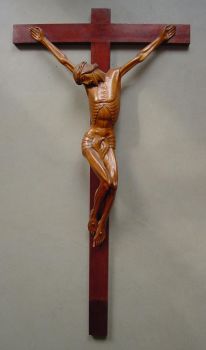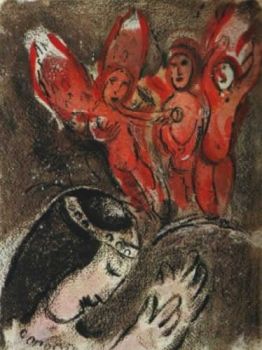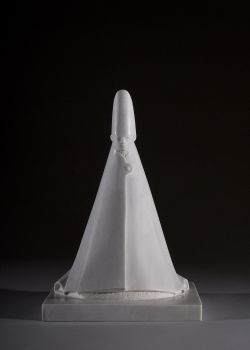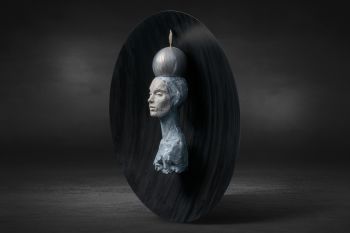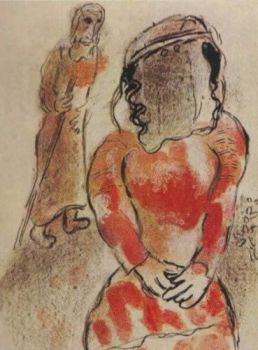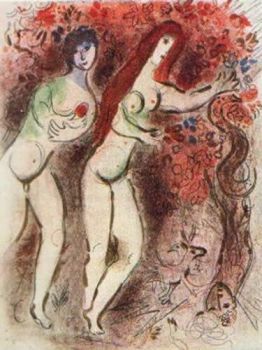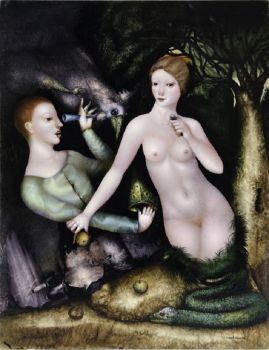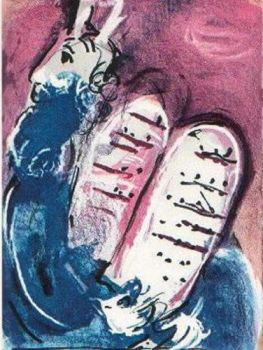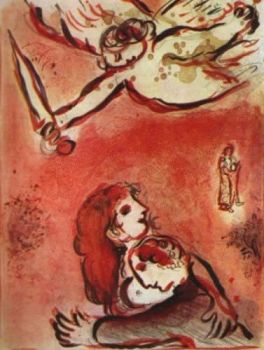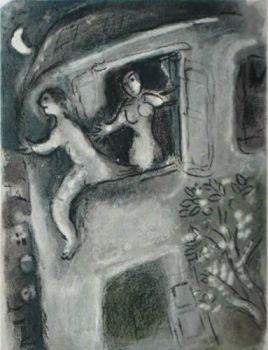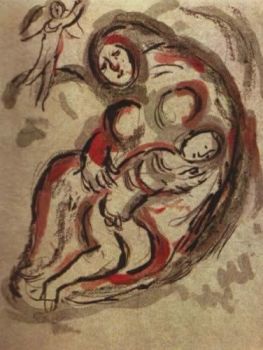Christmas in Art
The birth of Jesus Christ (the Nativity scene) and the Christmas tradition have been frequently depicted throughout art history, especially within the genre of painting.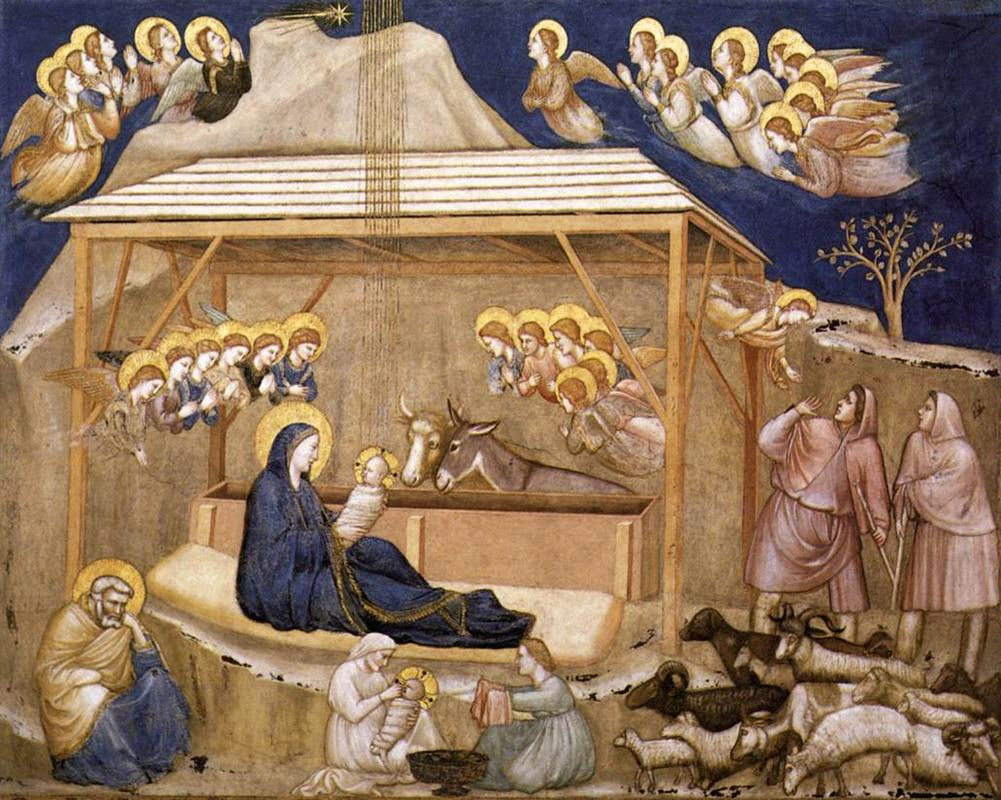
Giotto, Natività, ca. 1311-1320, fresco, Basilica of Saint Francis of Assisi, Italy.
To be more specific, the Nativity theme became especially popular in Southern Europe as of the 14th century, which is of course directly linked to the abundant presence of the Roman Catholic faith in society.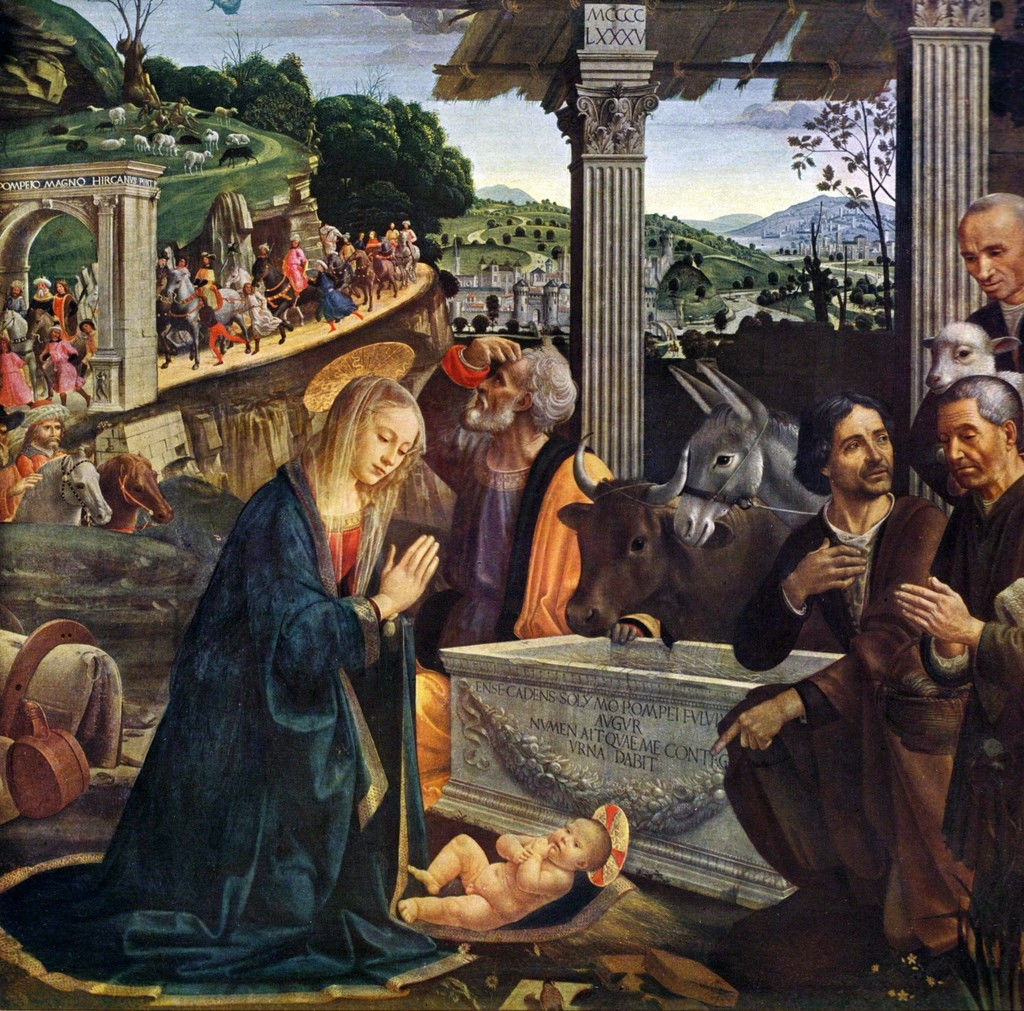
Domenico Ghirlandaio, Nativity and Adoration of the Shepherd, Sassetti Chapel altarpiece, 1485, tempera and oil on panel, 167 x 167 cm, Santa Trinità, Florence.
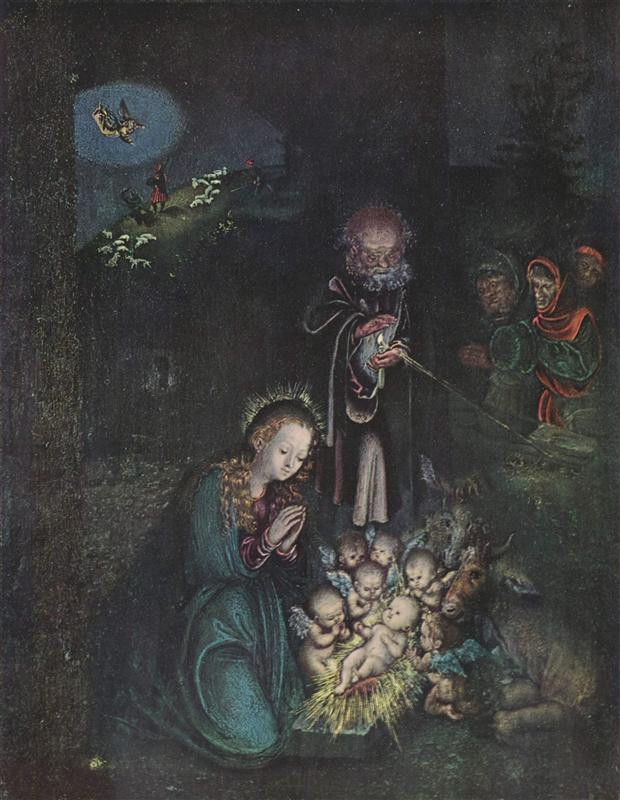
Lucas Cranach the Elder, Nativity (Holy Night), c. 1515-1520, oil and tempera on limewood, 32 x 24.5 cm, Gemäldegalerie, Dresden.
Depictions of the Nativity scene were initially found on church murals and altarpieces, as the examples above demonstrate.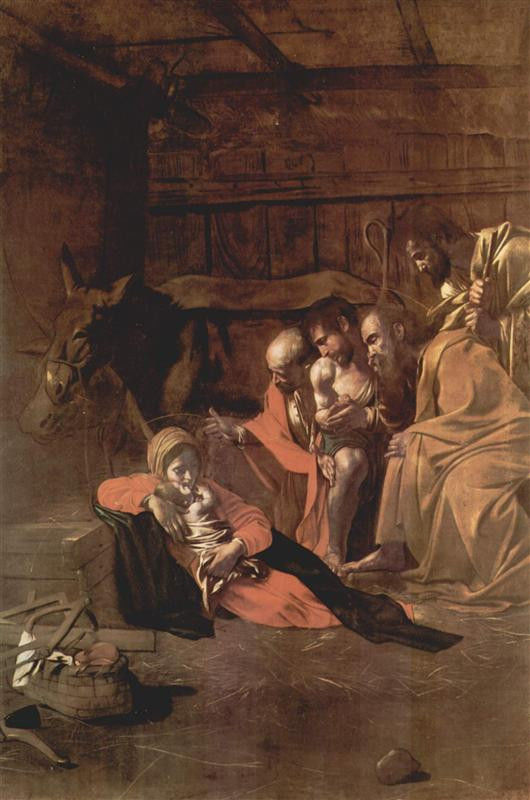
Caravaggio, Adoration of the Shepherds, 1609, oil on canvas, 314 x 211 cm, Museo Regionale, Messina.
The art of painting developed especially rapidly during the flourishing cultural movement of the Renaissance, but continued to do so thereafter thanks to artists such as Caravaggio, who experimented with light and composition.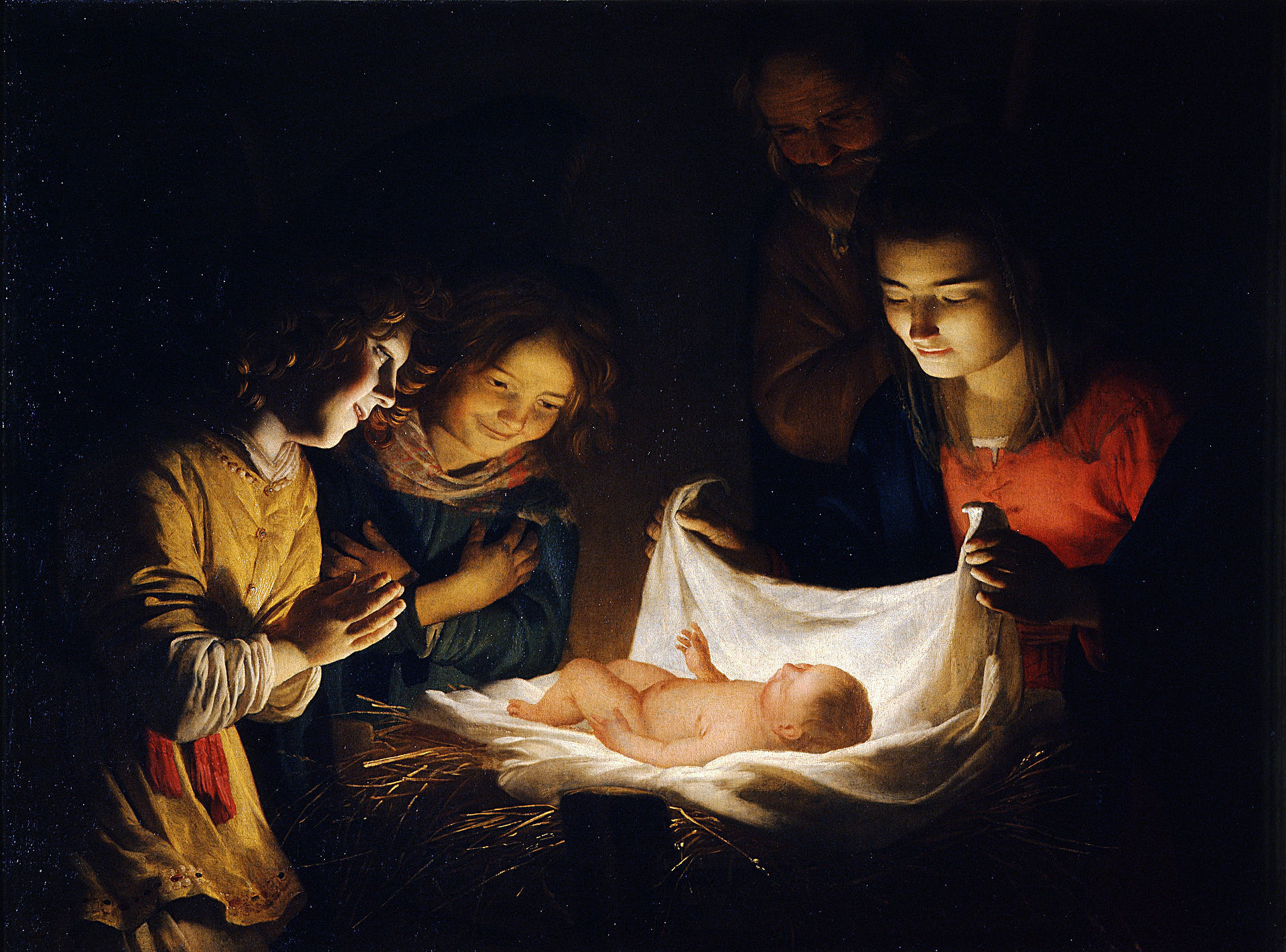
Gerard van Honthorst, Adoration of the Child, 1619-1621, oil on canvas, 95.5 x 131 cm, Galleria degli Uffizi, Florence.
It wasn’t until the 16th and 17th centuries that artists in Northern Europe caught on. True to their realistic nature, they would give their characters more humanlike facial expressions and qualities.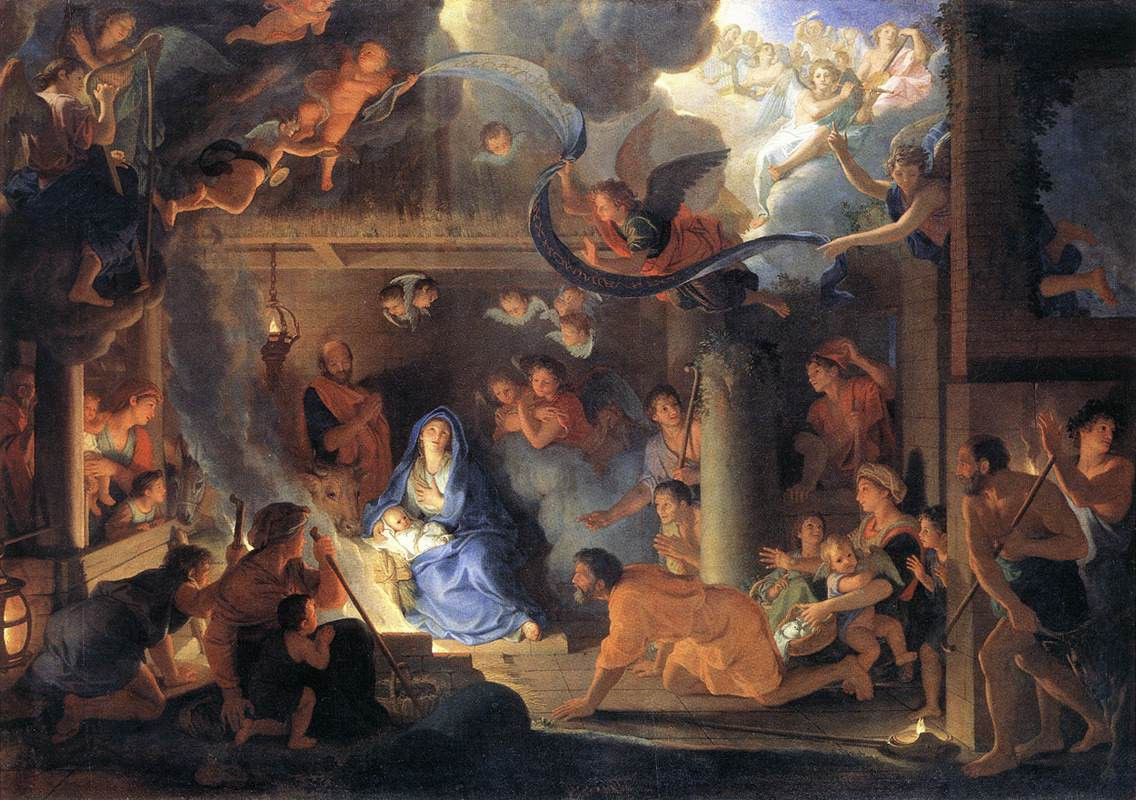
Charles Le Brun, Adoration of the Shepherds, 1689, oil on canvas, 151 x 215 cm, Louvre, Paris.
Even though classical imagery remained the norm in certain places, socio-cultural developments further encouraged the secularization of painting, causing the Christmas tradition to become an even less popular theme.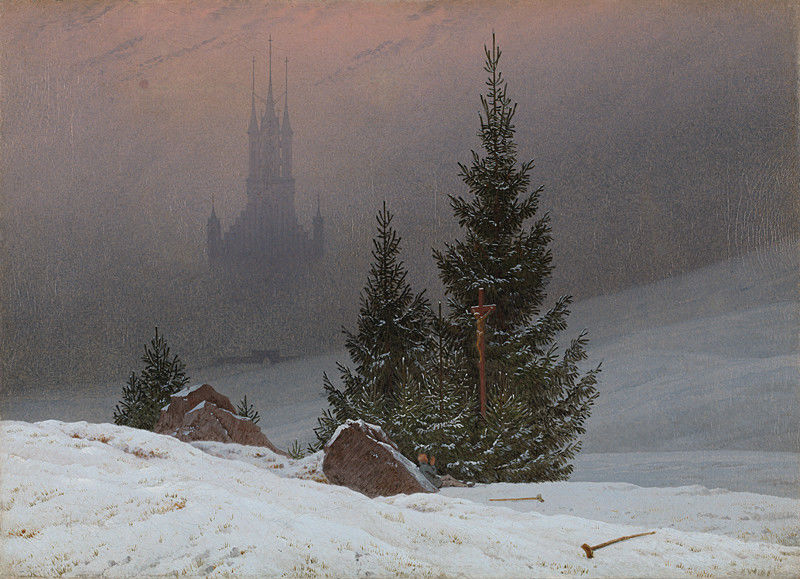
Caspar David Friedrich, Winter Landscape with Church, 1811, oil on canvas, 33 x 45 cm, Museum für Kunst und Kulturgeschichte, Dortmund.
Religious references were replaced by more family-oriented and domestic scenes during the 19th century. Celebrating Christmas with family became more important.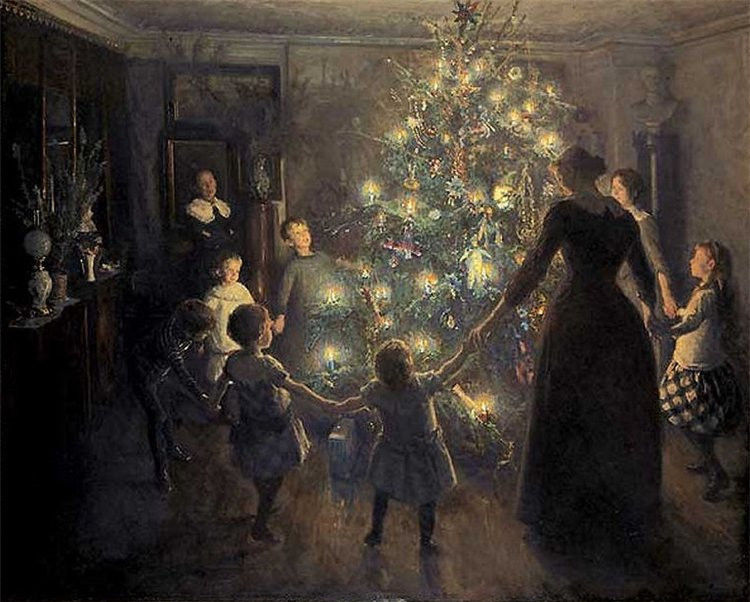
Viggo Johansen, Glade Jul (Happy Christmas), 1891, oil on canvas, 127.2 x 158.8 cm, Hirschprung Collection, Copenhagen.
Famous literary works about Christmas and its traditions appeared at the same time. One of the most famous examples is A Christmas Carol (1843) by Charles Dickens, which was accompanied by John Leech’s famous illustrations.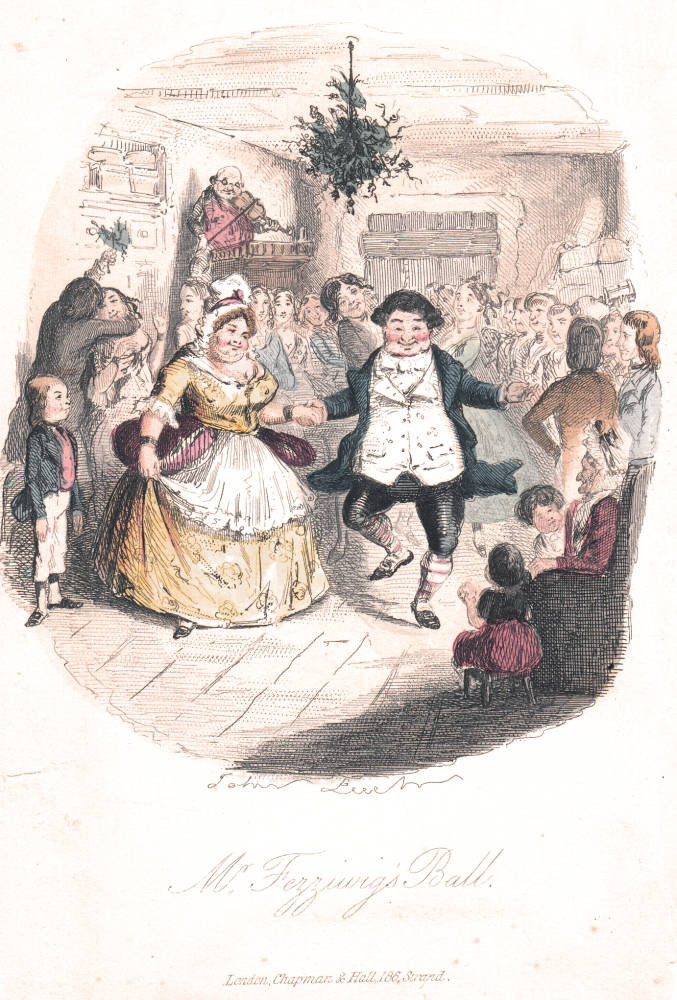
John Leech, Mr. Fezziwig's Ball, 1843, hand-coloured steel engraving, 9.6 x 8.7 cm, published in: Charles Dickens, A Christmas Carol, 1843 edition.
Modern artists that chose to depict the theme often did so with a sense of irony,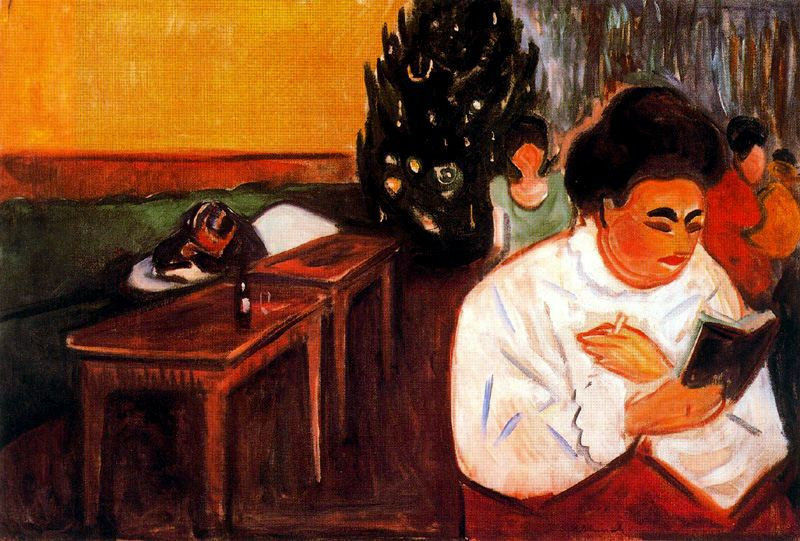
Edward Munch, Christmas in the Brothel, 1903-1904, oil on canvas, 60 x 88 cm, Munch Museum, Oslo.
or melancholy...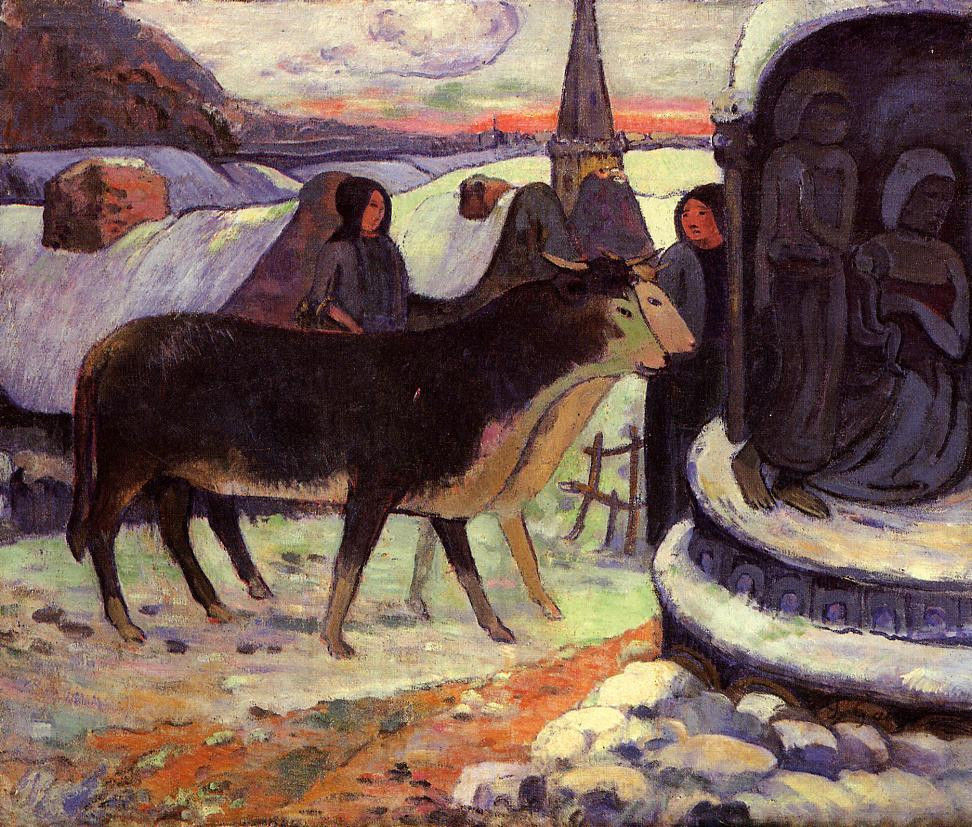
Paul Gauguin, Christmas Eve (The Blessing of the Oxen), 1894, oil on canvas, 71 x 82.6 cm, Indianapolis Museum of Art at Newfields.
If you would like to see or read more articles about the history of our Christmas traditions, take a look here.
For more art about Christianity, please have a look here at Gallereae for the finest curated art!
Gallerease wishes you happy holidays!


